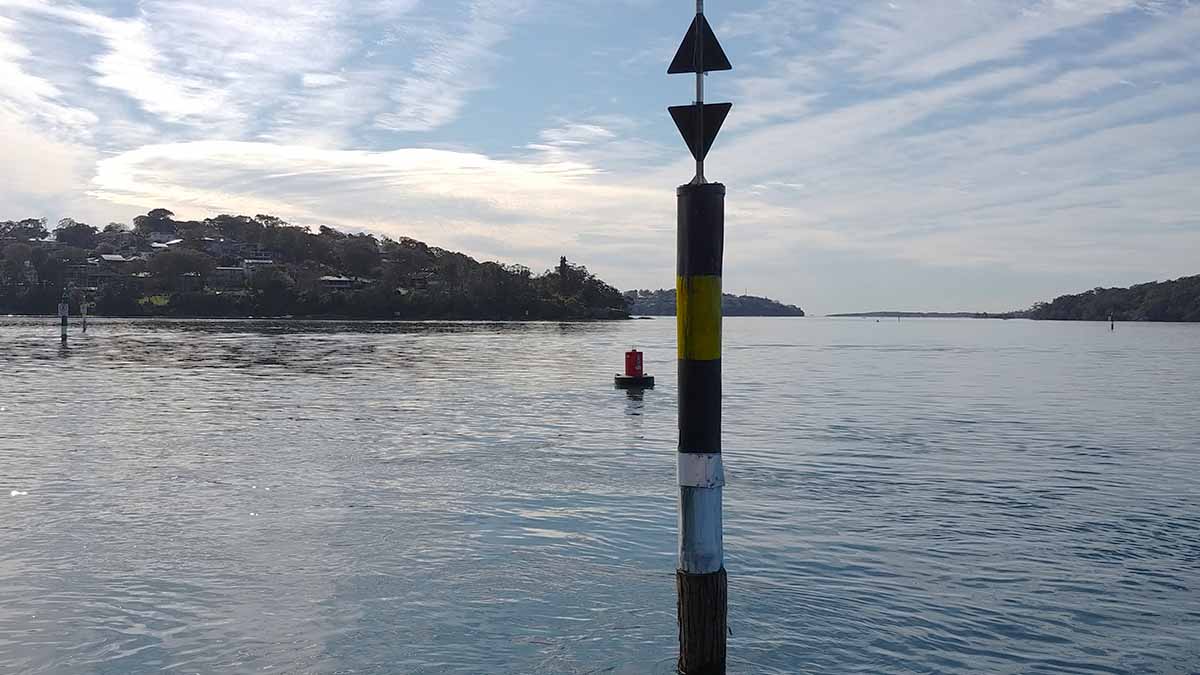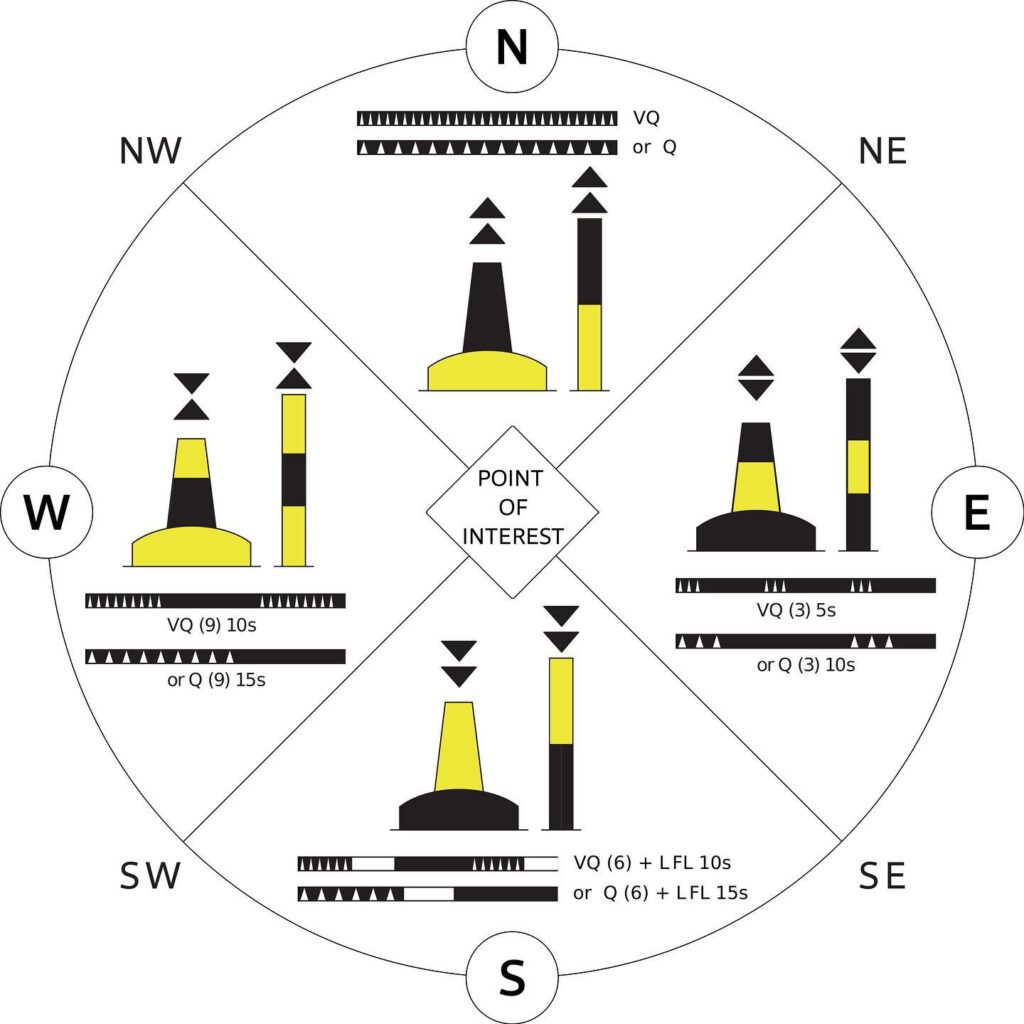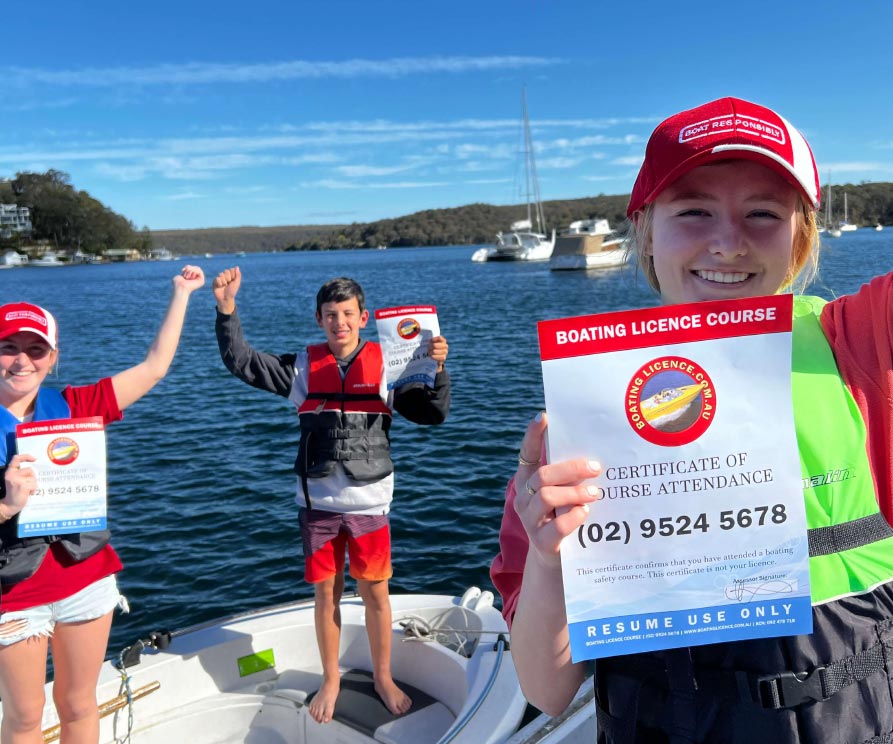How to Navigate Cardinal Markers and Their Meaning

Setting sail on the open water can be a thrilling experience, but it also demands a solid understanding of nautical navigation. Cardinal markers, a vital component of maritime navigation, provide essential information to boaters, guiding them safely through waterways, channels, and harbors. In this guide, we will unravel the mystery behind cardinal markers, empowering boaters with the knowledge to navigate confidently and securely.
1. What are Cardinal Markers?
Cardinal markers are a specific type of navigation buoy used to indicate the direction of safe water. Unlike other buoys that mark the presence of hazards or navigational channels, cardinal markers help boaters identify the safest side to approach them based on their own vessel’s position and the cardinal points of the compass.
2. Understanding Cardinal Points:
Cardinal markers are named after the cardinal points of the compass: north, east, south, and west. Each cardinal marker is painted in a distinct color scheme to indicate the direction of the deepest and safest water:
- North Cardinal Marker: Black on top, yellow below.
- East Cardinal Marker: Yellow with two black horizontal bands.
- South Cardinal Marker: Yellow with a single black vertical band.
- West Cardinal Marker: Black on top, yellow below, with two black vertical bands.
3. Decoding the Safe Side:
To determine the safest side to approach a cardinal marker, we use the top shapes – 2 black cones for cardinal markers – during the day (not visible at night) and the light sequence during the evening/periods of restricted visibility i.e. fog.

In the image above, you’ll see the light sequence displayed below the marker. Cardinal markers flash a white light in different sequences, depending on which marker it is.
- Q = quick flash, usually 1 second long.
- VQ = very quick flash, usually half a second long.
- LFL = long continuous (solid) flash, can last 2-3 seconds if not longer.
- (3) or other number = number of flashes together surrounded by periods of no flashes.
- 5s, 10s etc = time between flash sequences
Example: VQ (6) + LFL 10s = 6 Very Quick flashes followed by a Longer FLash, then 10 seconds of nothing.
These codes are found in nautical navigation charts, usually on their own without the light sequence representation. Some charts that do have the light sequence representation will have yellow instead of white triangles and white blocks, simply because printing white flashes on white paper is a wee-bit difficult. In these instances, there’ll be an additional code of W (for white).
4. Understanding the Danger Sectors:
Cardinal markers also indicate the danger sectors or areas where it is unsafe to navigate. The opposite side of the safe approach side is the danger sector. For example, if you are approaching a North Cardinal Marker from the north side, the danger sector is to the south of the buoy.
5. Nighttime Navigation:
During nighttime, cardinal markers are equipped with distinctive light sequences to aid navigation. Each cardinal marker has a unique combination of flashes, allowing boaters to identify the marker and its safe approach side. See above or refer to nautical charts or guides to familiarize yourself with these light characteristics.
6. Consult Nautical Charts and Guides:
Nautical charts and guides are invaluable resources for boaters. They provide detailed information about cardinal markers, their locations, and their corresponding safe approach sides. Before embarking on a journey, consult these resources to plan your route and understand the cardinal markers you may encounter along the way.
Conclusion:
Understanding cardinal markers is fundamental to safe and efficient navigation on the water. By decoding their color schemes, knowing the top shapes and light sequences, recognizing danger sectors, and consulting nautical charts, boaters can confidently navigate through waterways, avoiding hazards and ensuring a secure voyage. Armed with this knowledge, boaters can enjoy their maritime adventures with peace of mind, knowing they can navigate safely, even in unfamiliar waters. Safe travels and smooth sailing!

Bonus step: get your licence
Don’t know your cardinal markers? Perhaps you haven’t done our course.
Our NSW boat and PWC licence courses are delivered by experienced and accredited trainers who provide in-depth education to not only pass the licence exam, but to also stay safe on the water.
To get your licence, you can book online or reach out to our friendly office team on (02) 9524 5678.